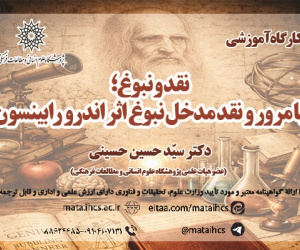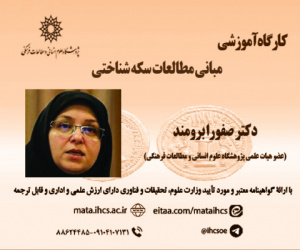Der west-östliche Divan‘. Globalisierung neu denken, (مقاله علمی وزارت علوم)
درجه علمی: نشریه علمی (وزارت علوم)
آرشیو
چکیده
Ein Schwerpunkt im Bildungsprogramm des Katholischen Akademiker * innenverbandes der Erzdiözese Wien liegt im Interreligiösen Dialog. Mit dem Symposion „Der west-östliche Divan - Globalisierung neu denken“ wurde der Dialog zwischen dem Westen und dem Nahen Osten jedoch auf eine kulturelle und politische Ebene gehoben. Daher ging es bei dieser Veranstaltung nicht um das Verhältnis zwischen Islam und Christentum, also um theologische oder religionswissenschaftliche Fragen. Der Fokus lag vielmehr auf der Erörterung geistiger und kultureller Traditionen, die im Orient und im Okzident wurzeln und daher der Religion gegenüber Vorrang bekommen haben. Somit war es ein interkulturelles Symposion.Vienna and the Orient: a historical foray
In 1922, Hugo von Hofmannsthal described the city-kingdom of Vienna in his "Vienna Letter" as the Eastern Gate of Europe. His idea of the Orient probably refers to the Ottoman Empire, which also meant the Persian and Arab worlds. He saw himself as a citizen of the Habsburg Empire, which included various nations and whose capital was the gate that reached the west from the outside. In addition, it can open the world of culture to the nations of the East. In the 19th and 20th centuries, interest in the Orient was found not only in literature, but also in painting, architecture, and music. For example, the Arsenal in Vienna is influenced by Andalusian-Islamic architecture. And the Zacherl factory in Vienna's Döbling district has a mosque-like appearance influenced by Islamic architecture. In addition, traces of oriental melodies can be detected in some pieces of music by Franz Schubert.









